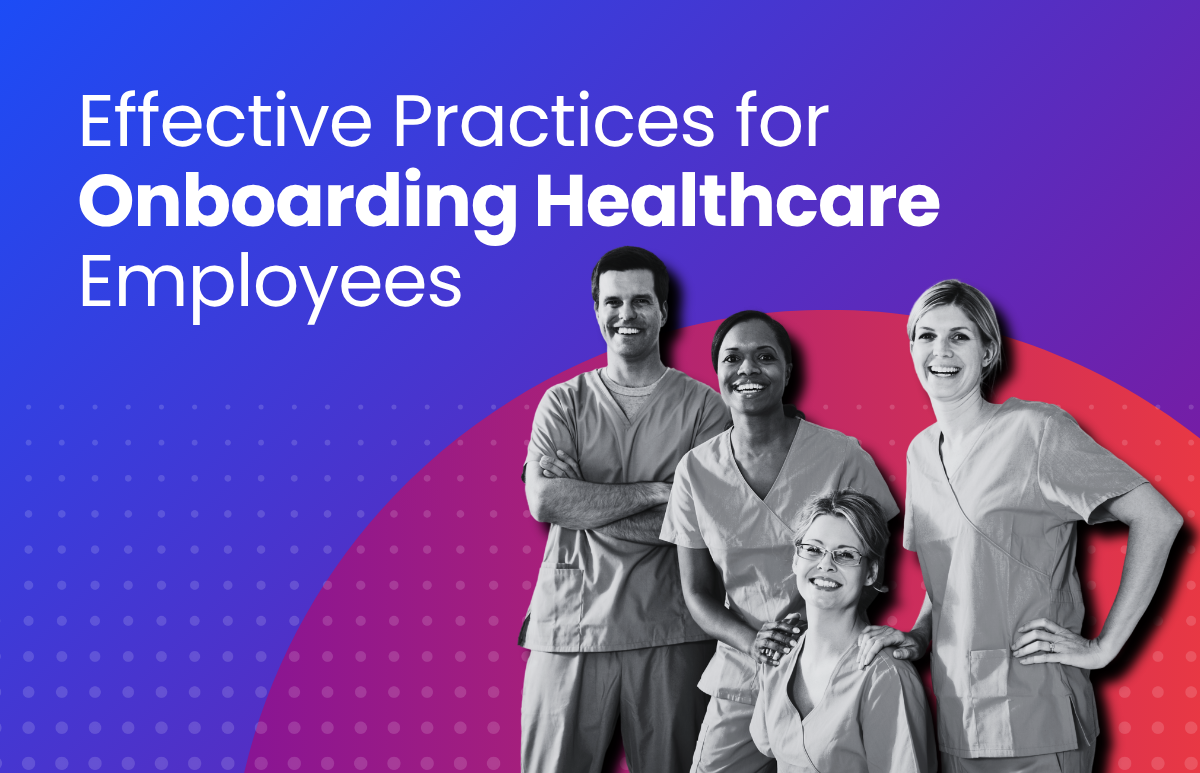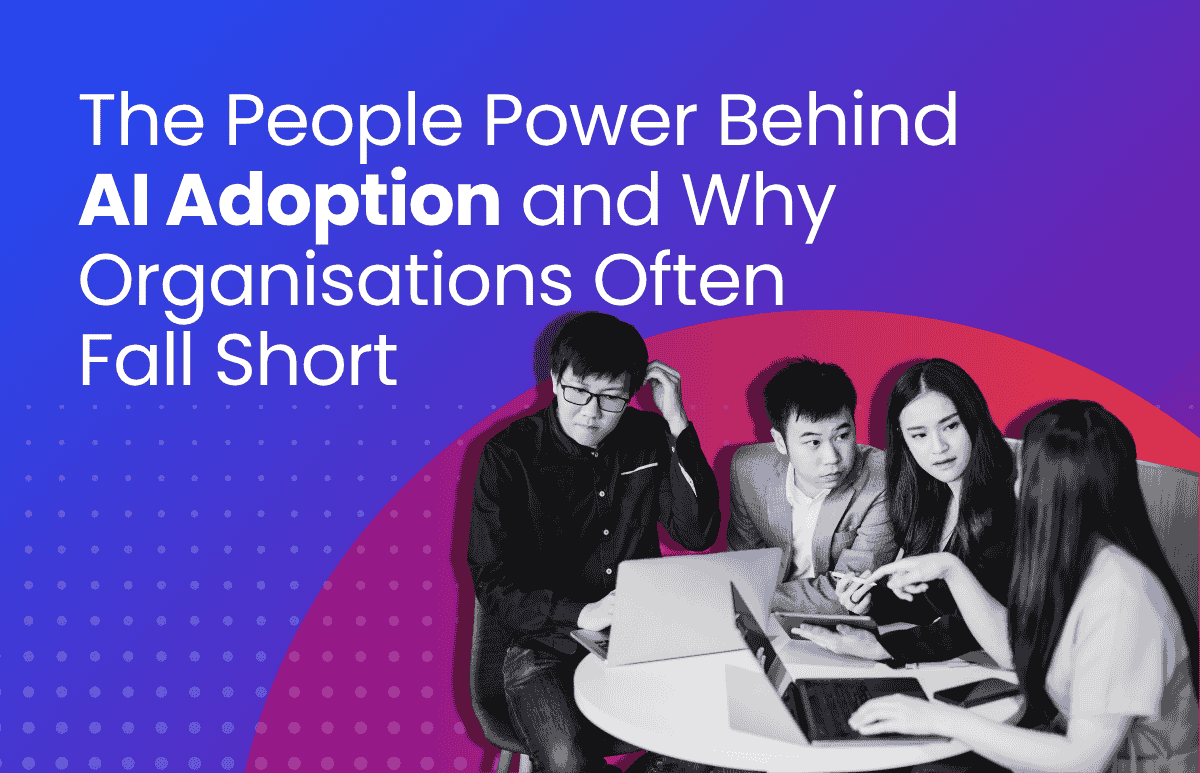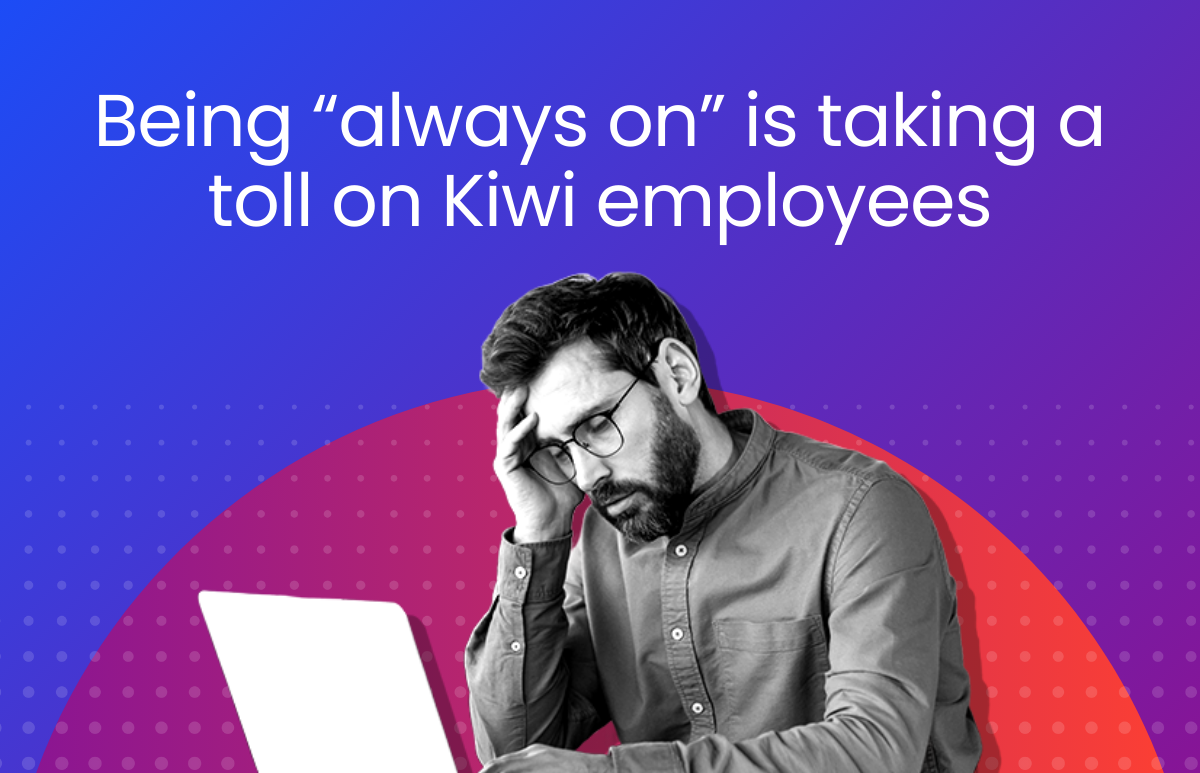Crisis Management: Protocols and Procedures HR Must Consider

With the threat of COVID-19 on businesses escalating daily, HR must step up and put in place relevant strategies and policies to protect company assets, minimise losses, reduce disruption and, crucially, keep employees safe.
It is recommended that companies build crisis management teams to develop protocols and business continuity plans, so that the right information is provided to leaders, managers and employees and everyone is prepared for action.
COVID-19 business procedures and policies
HR must be the primary point of contact for everything related to crisis management. In times of uncertainty, business continuity planning is crucial. The more prepared a business is – and the earlier it starts preparing – the more able it will be to cope in times of crisis.
To help guide on current standings and forecast future responses, certain protocols must be drawn up/revised. These include:
-
Developing business continuity plans (BCP)
-
Virtual working capability plans (using video/audio conferencing tools and instant messaging tools)
-
Travel restriction plans
-
Business operation plans
Restricting operations to ‘critical only’/moving operations to unaffected areas
-
Business impact plans:
- Supply chain impacts and risk assessment
- Budget reassessment to cover potential additional costs (e.g. paid leave, supplies, relocation, etc.)
- Operation delay preparation
-
Employee training plans
Cross-training employees to take on other roles in case of absenteeism
-
Business procedures in the event of a team member testing positive for COVID-19, or if team members must be quarantined. Other examples of COVID-19 protocols:
- Reporting confirmed cases to HR
- Self-isolation for those affected, those who have been in contact with an infected person, and those ordered by the government to self-isolate for 14 days (e.g. the Australian and New Zealand governments have ordered a 14-day isolation to those arriving from overseas, and have also banned travel to high risk countries such as China, Italy, Iran and South Korea)
- Disinfect any trace of an infected person in offices, and notify any persons who have had exposure
-
Employee wellbeing procedures:
- Drawing up remote working policies and mandating employees to work from home
- Revising sick leave policies, paid time off plans, compensation packages and benefits policies
- Encouraging employees to utilise employee assistance programs (EAP) to aid psychological wellbeing and stress management
- Ensuring the safety of employees when remote working by ensuring they have the correct equipment, IT support, adequate home workspaces, etc. – and asking employees to confirm their home office circumstances through “self-checking”
- Restructuring office behaviours to avoid common areas becoming overly populated (e.g. staggering lunch times, commuting times, enforcing social distancing, etc.)
-
Implement technologies to aid communication and remote working
- Encourage team collaboration using video/audio conferencing programs such as Zoom, Skype, Slack, Microsoft Teams, etc.
- Leveraging cloud-based tools, organizations can empower their employees to work effectively from any device, in any location, and at any time.
-
Create internal/external comms to inform the public (customers, clients, stakeholders, etc.) as well as employees about any changes to business operations and/or organisational policies;
To enforce strict hygiene standards to minimise the spread of COVID-19; and to share ongoing updates relating to COVID-19 via email, social media and/or the organisation’s intranet.
The aftermath
Though times are uncertain and the disruption of COVID-19 on society seems far-reaching, it’s important to create an after-action review process. The purpose of this is to take key learnings and use them to inform future crisis management plans.
The after-action review should involve:
- Learnings and observations from business leaders, managers and employees
- We need to improve how we managed and executed actions during the crisis.
- Team-specific feedback on remote working practices
- Any other suggestions/opinions
ELMO Cloud HR & Payroll’s end-to-end solutions cover the entire employee lifecycle, from hire to retire. Our solutions are cloud-based, meaning they can be accessed anywhere, at any time, on any device. This enables HR teams to manage their teams effectively in a remote working environment. To find out more, contact us.
 HR Core
HR Core 









